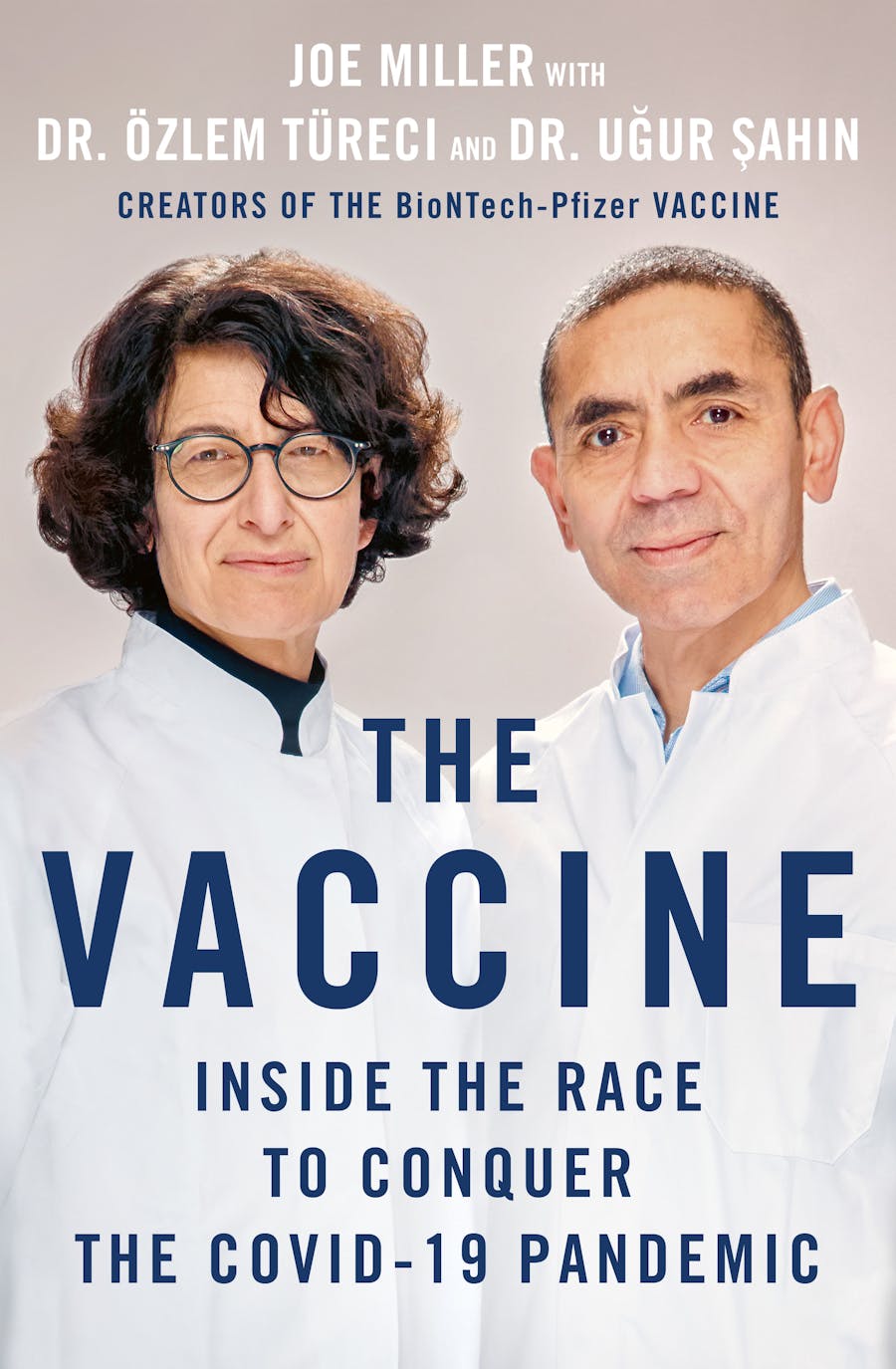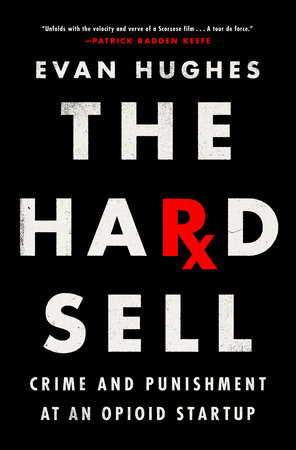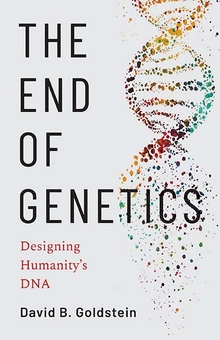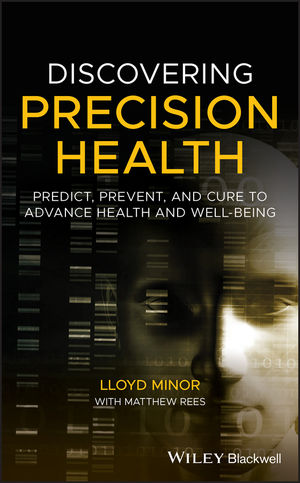The End of Genetics. Designing Humanity's DNAAlthough human genetics has already advanced far enough to provide parents with information on which they may choose to act, key gaps in our knowledge make it very difficult to anticipate the consequences of the actions likely to become possible. These gaps mean that any reproductive engineering that is performed beyond the most straightforward elimination of strongly acting disease-causing mutations will be performed without a complete understanding of the likely consequences of those changes. This is a prospect that I find deeply troubling, and this book above all represents my best effort to empower non-specialists to develop their own opinions about this most central question for the future of humanity.
In response to this deep uncertainty, I have developed a thought experiment in reproductive genomics to help illustrate the kind of genome engineering that could be entertained in the not too distant future. Throughout the book I will refer back to this thought experiment to help make clear that we will have the technological ability of making some kinds of adjustments to the genomes of children, without having a matching ability to accurately predict the consequences of those adjustments. You will be in a position to understand this thought experiment more fully later in the book, but as a motivation in the reading that follows, consider the following possibility.
A very controversial book, glups!
This is the outline,
Introduction
Chapter 1. The Future of Reproduction
Chapter 2. Learning to Read the Human Genome
Chapter 3. The Nature of Human Genetic Variation
Chapter 4. DNA and Human Disease
Chapter 5. Writing the Genomes of Our Children












